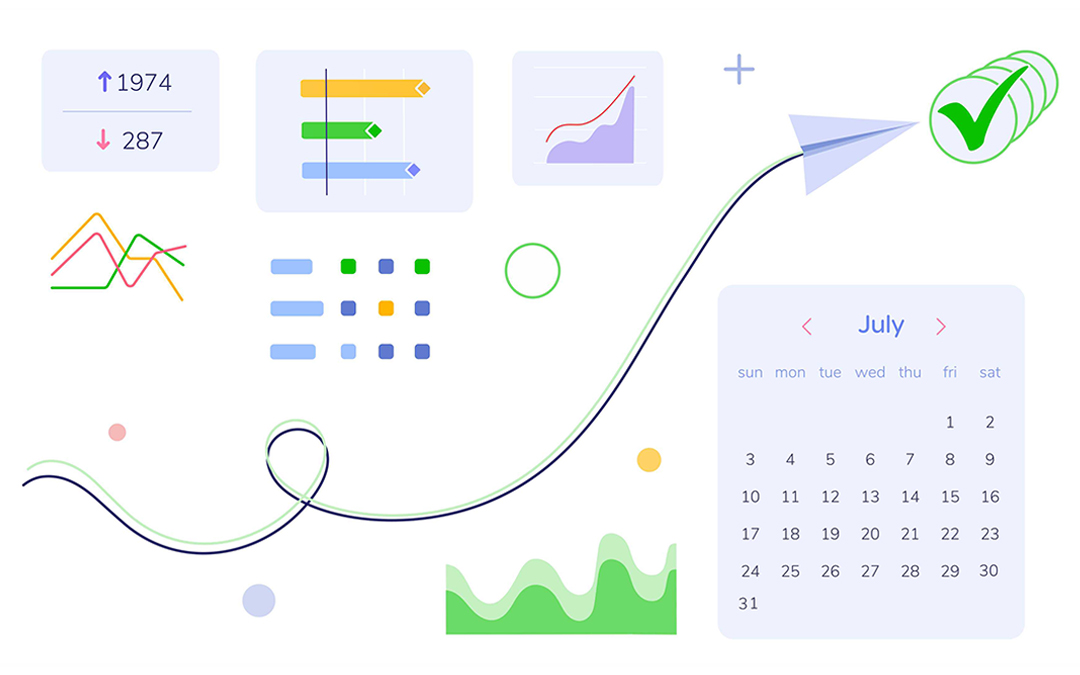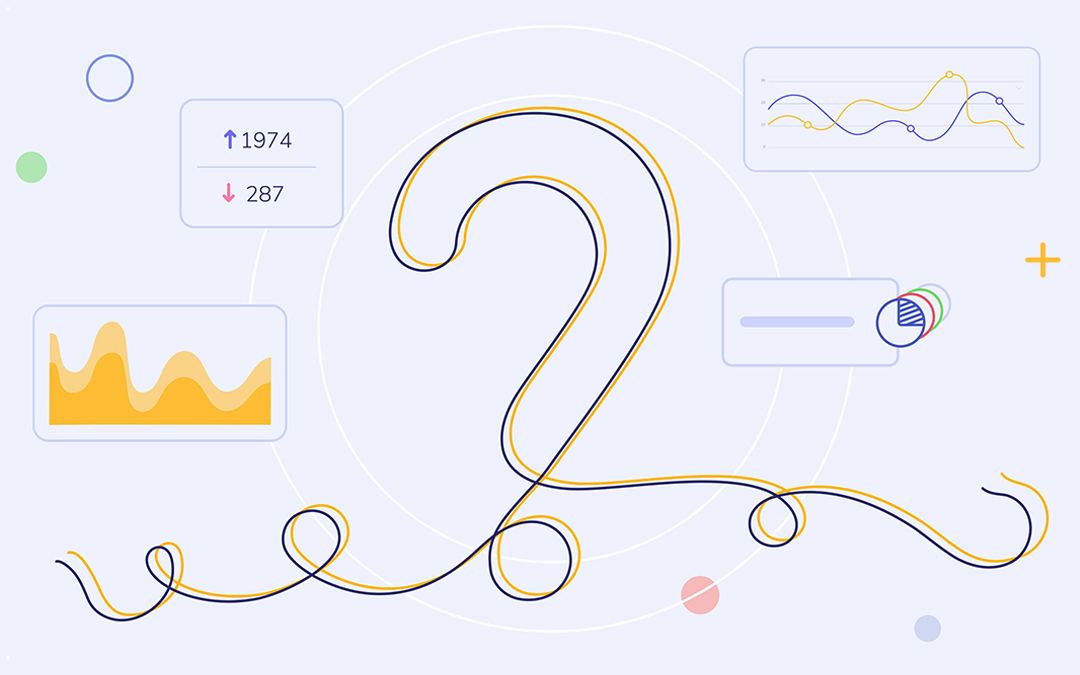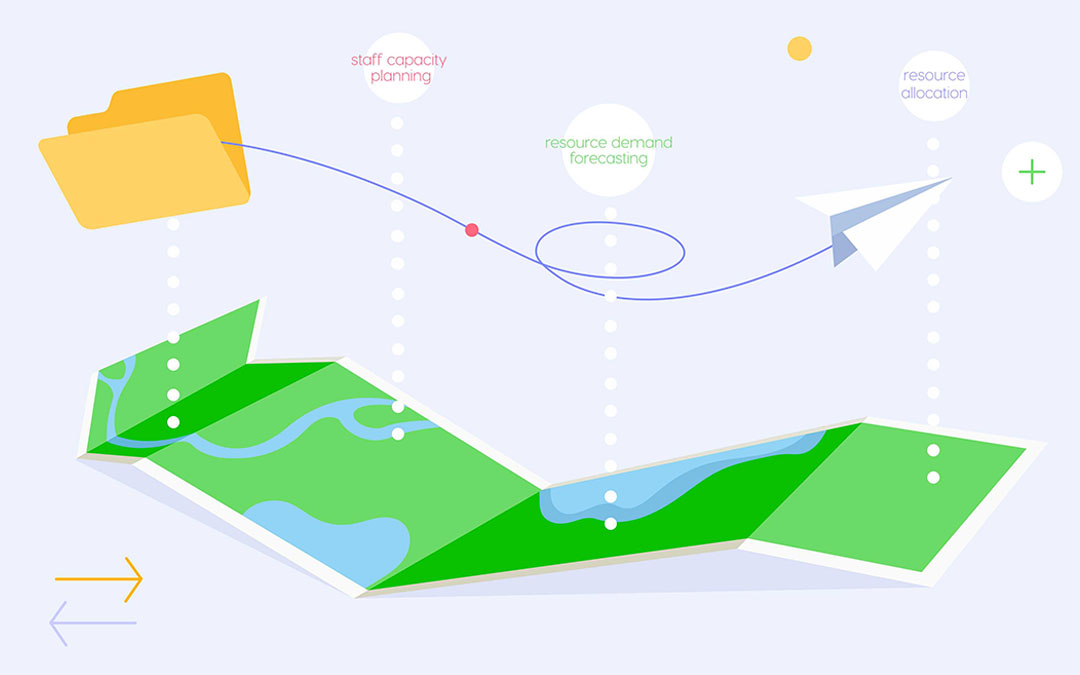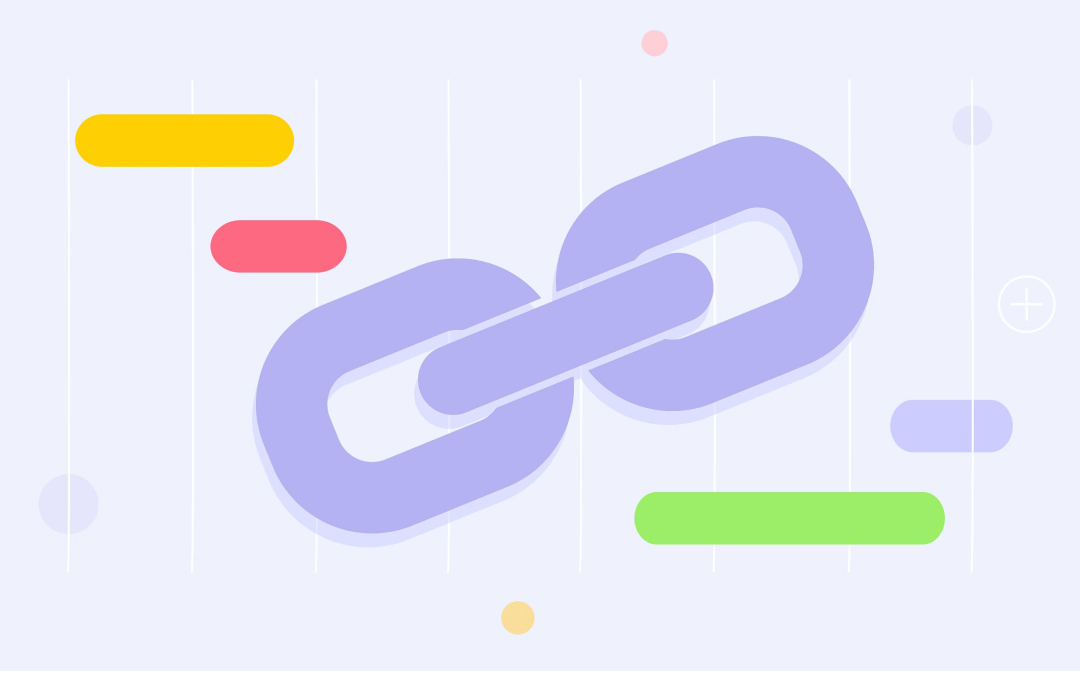More and more business organizations are becoming data-driven – they are leveraging technology and data to gain actionable insights, improve operations and decision-making, and as a result achieve better outcomes. Project management is no exception – data is becoming increasingly important for analyzing project and resource performance, making effective decisions, and driving projects toward their successful completion.
How exactly is data used in project management? How can your business organization benefit from applying data-driven project management? Are there any challenges in using a data-driven approach? Read the article to find answers to these and other essential questions.
What is data-driven project management?
The data-driven approach in project management implies the use of data and analytics as a basis for making decisions. In particular, it involves gathering, analyzing, and interpreting project-related data as well as gaining insights from it to make more informed decisions. Project managers can use various types of data: historical data, real-time project metrics, customers’ feedback, resource-related data (e.g., availability, performance, competences), etc. Also, data analytics makes it possible to make predictions, for example, foresee future challenges.
The main advantage of data-driven project management is reducing the uncertainty of decision-making – instead of relying on assumptions or someone’s opinion, you can base your resolutions on precise and unbiased information.
At the same time, applying the data-driven approach to project management doesn’t mean that this process will be taken over by machines and won’t require human intelligence. On the contrary, it’s only complemented by data – it’s up to a project manager to analyze the data with regard to current circumstances and previous experience and come up with the most reasonable decisions possible.
To make the most of data and enable data-driven project management, business organizations require AI-powered project/resource management software that helps gather and analyze the data as well transform it into information. Let’s consider the most essential features of such a tool.
What capabilities of a project management solution enable data-driven project management?
To be able to gain maximum insights from data, it’s better to leverage AI-powered project/resource management software with the following capabilities and characteristics [1]:
- Quick and easy data input into the system as well as the ability to update it;
- The ability to perform What-if analysis (or scenario analysis);
- Forecasting capabilities;
- Presenting information on graphs and charts;
- Drag and drop interface;
- Integration with other tools (other PM software, HRM systems);
- Demonstrating real-time data reflecting the current state of a project/projects, including the ability to drill down;
- Providing a single source of truth for all project participants;
- Reporting capabilities;
- Ensuring data security.
Read more: AI in Project Management: Is the Future Already Here?
What are the benefits of applying a data-driven approach to project management?
Let’s now review the benefits of implementing data-driven project management in more detail.
More effective resource allocation
To be able to assign project resources to the tasks effectively, the resource allocation process should be based on data, in particular, the information about your employees’ skills, availability, and capacity. Otherwise, you can assign tasks to unavailable team members or assign the amount of work that exceeds a person’s capacity, which will result in bottlenecks and delays. Having the necessary data at hand will help you allocate resources properly, which in turn contributes to seamless workflow and successful project delivery.
Making better decisions
As we’ve mentioned earlier, a data-driven approach to project management makes it possible to increase the effectiveness of decision-making. How does it work? For example, you need to decide whether it’s reasonable to hire extra employees to deliver the required scope of work on time. You can run simulations in the AI-powered tool and see what happens if you hire more people and if you don’t – how will the project environment change? In addition, if you really need more resources, scenario analysis will help you determine their exact number – this will prevent you from hiring more than you need and wasting money. After all, you can analyze the pros and cons of every possible option and make your final decision.
Proper risk management
When it comes to risk management, data can help in the following ways. First, a software solution with predictive capabilities uses data to predict potential bottlenecks and risks based on the current state of the project environment. You can take this information into account to prevent future issues or prepare responses to possible risks. Secondly, you can select the best possible way of responding to risk-bearing situations based on scenario analysis. Thirdly, making the right decisions prevents the workflow from additional risks. For example, when you try to address the challenge of insufficient project staffing, a wrong decision can result in a project delay, cost overrun, and in the worst-case scenario project failure.
Gaining objective insight into project and resource performance
Monitoring the project progress and resource performance are essential elements of work on projects. In addition, analyzing various metrics and indicators helps project managers timely identify problems in the workflow and take measures to improve the situation. The main advantage of the data-driven approach to performance analysis is that it provides project/resource managers with objective data, which in turn facilitates making rational and informed decisions regarding further work. Project/resource management tools can transform this data and present it in an understandable form on graphs and charts.
Streamlining processes
As we’ve mentioned earlier, data-driven project management requires leveraging a software solution that helps process the data and turn it into information. Such an approach significantly simplifies data processing – a project manager doesn’t have to deal with its large amounts, which is time- and labor-consuming, and at the same can gain useful insights quickly and easily when required.
Improved project and business outcomes
When you assign the right people to the right tasks, make informed decisions, prevent bottlenecks and issues, the chances for achieving desired project outcomes increase significantly. What is more, successfully completed projects will contribute to business growth and increasing a company’s profitability.

Are there any challenges in applying data-driven project management?
The most common challenge that hampers the effective use of data is its silos and a lack of standardization and proper management. For example, when different departments/teams use different tools and data formats and there isn’t a single source of truth for all project participants. Under such circumstances, you won’t be able to use the potential of a data-driven approach to the full.
Also, the research [2] has shown the following reasons why data-driven projects can become unsuccessful:
- Poor data quality;
- Problems with data access;
- A lack of understanding of the data.
Finally, we can mention incorrect data interpretation as one of the reasons why data-driven project management doesn’t bring the desired outcomes.
What are the success factors of data-driven project management?
The most important aspects are ensuring proper data quality and leveraging a robust software solution.
First of all, you need to prepare the data for processing by a project/resource management tool – structure it, make sure that its formats are correct, delete junk data, correct mistakes if any, etc.
Read more: Garbage In, Garbage Out: How to Prepare Your Data for AI-Driven Project Management Tools
Also, it’s critically important to timely update the data – e.g., mark task completion in the system, update the hours if they exceed the baseline, etc. Otherwise, the insights you’ll gain won’t reflect the real state of things. Make sure that every project participant is aware of the need to timely update the data – they shouldn’t treat it as box-ticking.
Finally, you should select a software solution capable of providing you with data-driven insights, for example, Epicflow, which is an AI-powered multi-project resource management software. Here’s a brief overview of its capabilities enabling data-driven project management.
- Prioritization of tasks across the whole project environment based on the data on the remaining buffer time; updating the priorities in response to changes in the project environment;
- Providing an overview of the current state of all projects in the environment with the opportunity to zoom in and out;
- Presenting historical data on resource performance;
- Providing an opportunity to test management decisions by running simulations in the What-if analysis mode;
- The ability to forecast future capacity and workload, which makes it possible to anticipate future bottlenecks;
- Integrations with project management tools and human resource management systems;
- Automatic report generation;
- Storing the data on previous projects and providing an opportunity to use it for similar future projects.
After all, Epicflow allows project/resource managers to leverage the potential of data to the full, achieve maximum resource efficiency, seamless flow of every project in the portfolio and in such a way improve business outcomes. Learn more about Epicflow’s contribution to data-driven project management by booking a call with our experts.
References
- Alexander, M. (2021). The Data-Driven Project Manager: Using Analytics to Improve Outcomes. Retrieved from: https://www.cio.com/article/191508/the-data-driven-project-manager-using-analytics-to-improve-outcomes.html
- Ermakova, T. et al. (2021). Beyond the Hype: Why Do Data-Driven Projects Fail? Retrieved from: https://www.researchgate.net/publication/346647451_Beyond_the_Hype_Why_Do_Data-Driven_Projects_Fail







